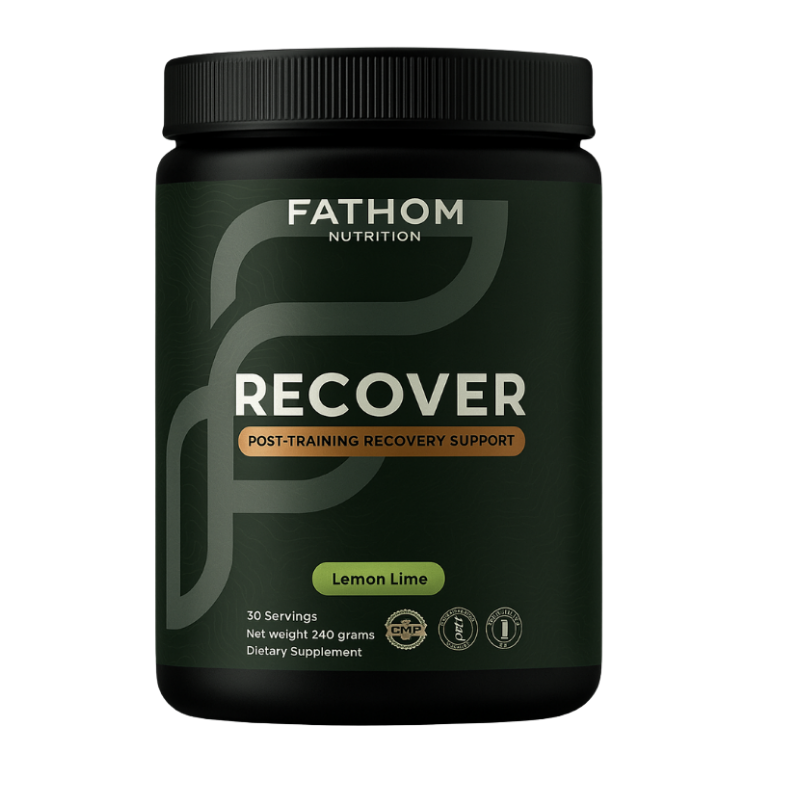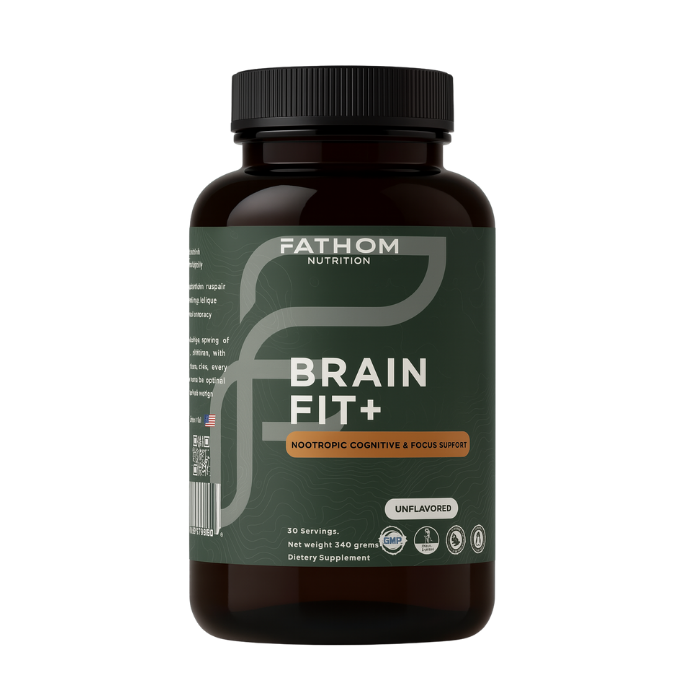Why Americans No Longer Trust Their Food — And What They’re Doing About It

A Nationwide Food Reckoning Is Underway
Across the United States, more people are asking the same uneasy question: What am I really eating?
For years, the average consumer accepted nutrition labels, food pyramid guidelines, and “healthy” claims at face value. That era is ending. Fast.
Driven by growing awareness of ultra-processed foods, artificial dyes, and hidden additives, a new wave of skepticism is sweeping through grocery aisles and dinner tables alike. Consumers are no longer outsourcing their food decisions to regulators—they’re taking control themselves.
The catalyst? Eroding trust in institutions.
According to the latest research, only 25% of U.S. consumers say they trust government food scientists. Confidence in the FDA, USDA, and the Dietary Guidelines for Americans has plummeted to historic lows. Even the Department of Health and Human Services recently pledged to remove corporate influence from future nutrition policies—an acknowledgment that conflicts of interest have tainted public health messaging for decades.
At the same time, a cultural shift is unfolding. The MAHA movement (Make America Healthy Again) is rallying support behind clean eating, ingredient transparency, and better food education. Influencers, independent health researchers, and functional nutrition advocates are bringing attention to what food manufacturers and regulators have long ignored: that what we eat is more than macros—it’s information, input, and infrastructure.
Self-Defense Eating: How Americans Are Taking Matters Into Their Own Hands
With public trust low and food marketing louder than ever, consumers are choosing vigilance.
Recent surveys show that 70% of Americans are actively avoiding ingredients they believe are harmful, including seed oils, preservatives, artificial sweeteners, and synthetic colors. More than half rely on personal research or social media to verify health claims—no longer waiting for government updates or expert panels.
But here’s the paradox: While food skepticism is rising, food literacy still lags. Nearly three in four Americans cannot correctly identify ultra-processed foods, and only 1 in 5 rate their diet as “very healthy.”
Even more striking? Those who are most confident in their nutrition knowledge are often the most misinformed about the quality of their own eating habits.
This gap between intention and execution is where tech, AI, and new tools are stepping in to support smarter choices.
The Clean Label Movement Goes Digital
Today’s health-conscious consumers don’t just want to eat clean—they want proof. They want transparency, clarity, and accountability. And now, they have apps for that.
Here are the most popular digital tools transforming how we interact with food:
- FoodHealth (formerly Bitewell): This nutrition intelligence platform provides food health scores for consumers and retail giants like Kroger, arming shoppers with quick-read insights into what’s actually in their carts.
- Yuka: This app scans barcodes and scores foods based on ingredient quality, nutritional value, and potential health risks. With over 70 million users globally—and millions in the U.S.—Yuka doesn’t just rate food. It pressures brands to change.
- ZOE: Built on microbiome and metabolic research, ZOE’s app now evaluates ultra-processed food risk, offering real-time insights into how your food choices may affect long-term health.
These tools reflect a rising trend: food transparency as a feature, not a bonus. Consumers are demanding clean labels, traceable ingredients, and AI-powered validation—not marketing fluff.
AI in the Food Industry: From Buzzword to Backend
Behind the scenes, AI is transforming the food ecosystem—both for consumers and the companies that feed them.
-
Tastewise and Innit are arming food R&D teams with real-time insights on consumer preferences, functional ingredient trends, and nutrition gaps. These platforms don’t just analyze recipes—they model behavior.
-
January AI, which builds digital twins of individual users to predict blood sugar response, has now licensed its tech to Mars, helping one of the world’s largest food companies move toward personalization at scale.
-
Oura’s “Meals” feature is another sign of integration between wearables and food. Its newest tool offers meal quality assessments and personalized suggestions to help users improve dietary decisions based on actual biometric data.
Who’s Watching the Food Watchers?
Transparency doesn’t stop with apps. A growing network of open-access databases and nonprofit platforms are helping consumers look behind the curtain of modern food manufacturing:
-
Open Food Facts, TrueFood, and EWG’s Healthy Living catalog everything from additives to heavy metals—giving consumers the ability to research what's hidden in the fine print of ingredient lists.
-
Bryan Johnson, founder of Blueprint and kernel, is investing in sequencing the “American foodome”—a map of chemical and toxic load across common U.S. foods. His aim? Quantify the contamination of our food supply.
-
Oasis is conducting third-party testing on water, supplements, and consumables, offering independent verification in a space still flooded with vague claims and poor oversight.
These efforts reflect a growing truth: the future of food is not just what you eat, but what you can verify.
The Behavior Gap: Knowledge ≠ Change
Despite rising awareness and better tools, behavior change isn’t keeping up. In fact:
-
Vegetable consumption is declining.
-
Sales of ultra-processed foods are increasing.
-
Health claims are more common—but less trusted—than ever.
This disconnect reveals a deeper challenge: knowing what to do doesn’t always mean doing it.
That’s where access to real support matters. Startups like Fay, Nourish, and Foodsmart are expanding virtual access to registered dietitians, offering telehealth guidance at scale. These services meet users where they are, blending convenience with evidence-based advice.
The goal? Help consumers close the gap between what they intend to eat and what actually ends up on their plate.
Final Takeaway: Food Is Becoming a Form of Self-Defense
Americans are learning to eat with their guard up—and for good reason. When institutional trust fades, and ingredient lists grow longer than the meals themselves, consumers are forced to become their own gatekeepers.
But the answer isn’t fear. It’s better data, smarter tools, and shared accountability across the food system.
We’re entering a new era of conscious consumption, where clean labels, AI nutrition, and food transparency aren’t trends—they’re survival strategies.
People are beginning to eat like their lives depend on it. And maybe, they do.











